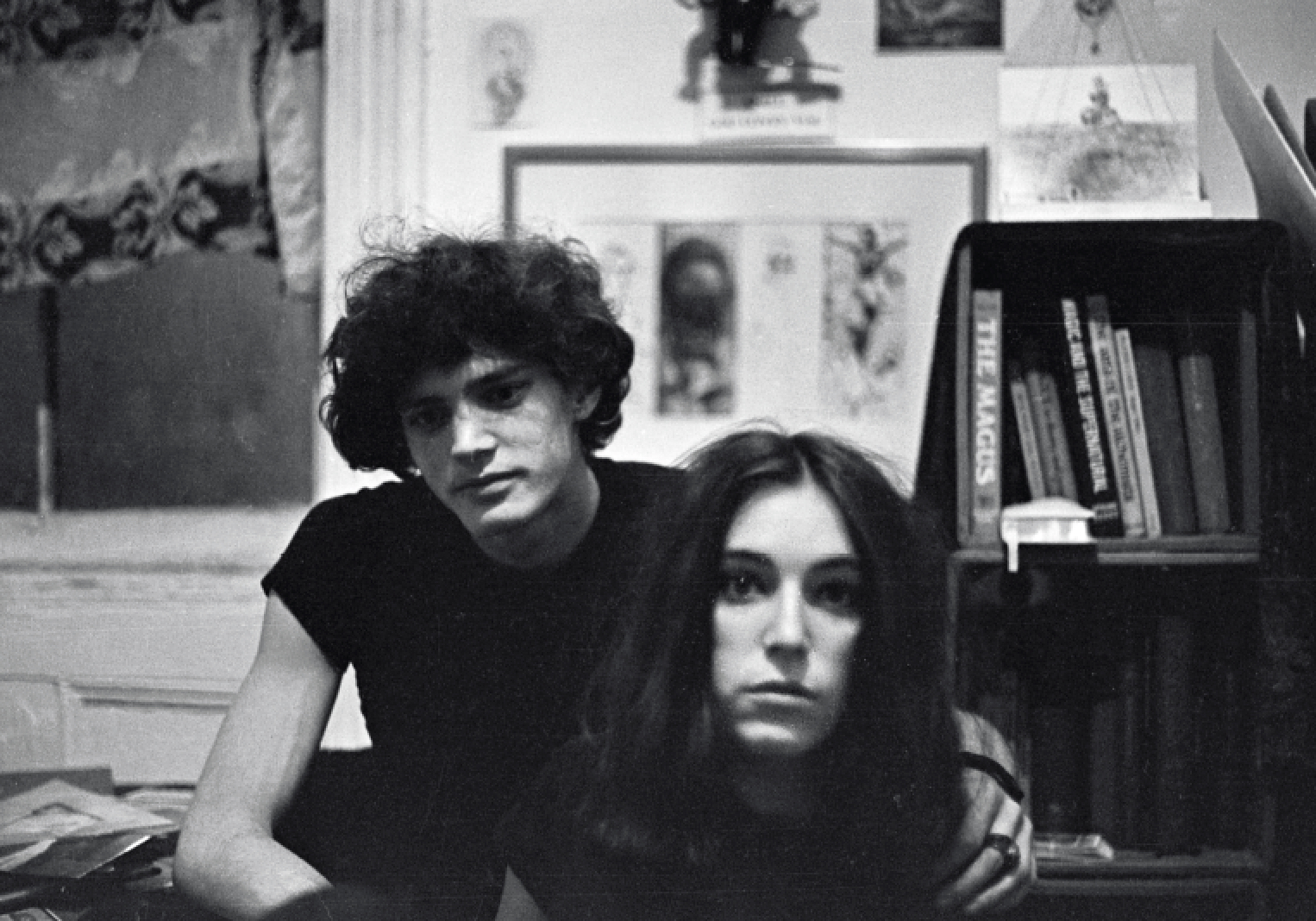Photographer Lloyd Ziff first met Robert Mapplethorpe in 1964. The pair had just started at Pratt Institute in Brooklyn, both majoring in Communication Arts. Though they never became that close during their college years, they remained friendly throughout and, a little while after graduation, Lloyd — who had had begun practising photography — was looking for striking faces to shoot. “I hadn’t considered photography until my college roommate loaned me his Rolleiflex and showed me how to develop film in our closet,” Lloyd says. “In my last semester at Pratt I took an introductory photography course and my professor, Arthur Freed, taught me the two most valuable lessons I ever learned about photography. One: It’s not about the equipment, it’s about your eye. Two: It’s easy to make a mean and unflattering picture, but much harder to make a loving one.”
Robert and Patti Smith, then a couple, were both “beautiful and intense” and made the “perfect photographic subjects”, Lloyd says. He asked them if he could shoot them at their apartment on Hall Street, “they readily agreed.” Though Lloyd only shot one contact sheet — owing to how little money he had at the time, unable to shoot more than a roll of film — the rough, grainy black-and-white pictures he took captured the then-couple in simple yet evocative style. “Everyone I knew was young, poor, often high,” Lloyd says, of this era in New York. “At art school and after, the thing that linked us all was the desire to do great work.”
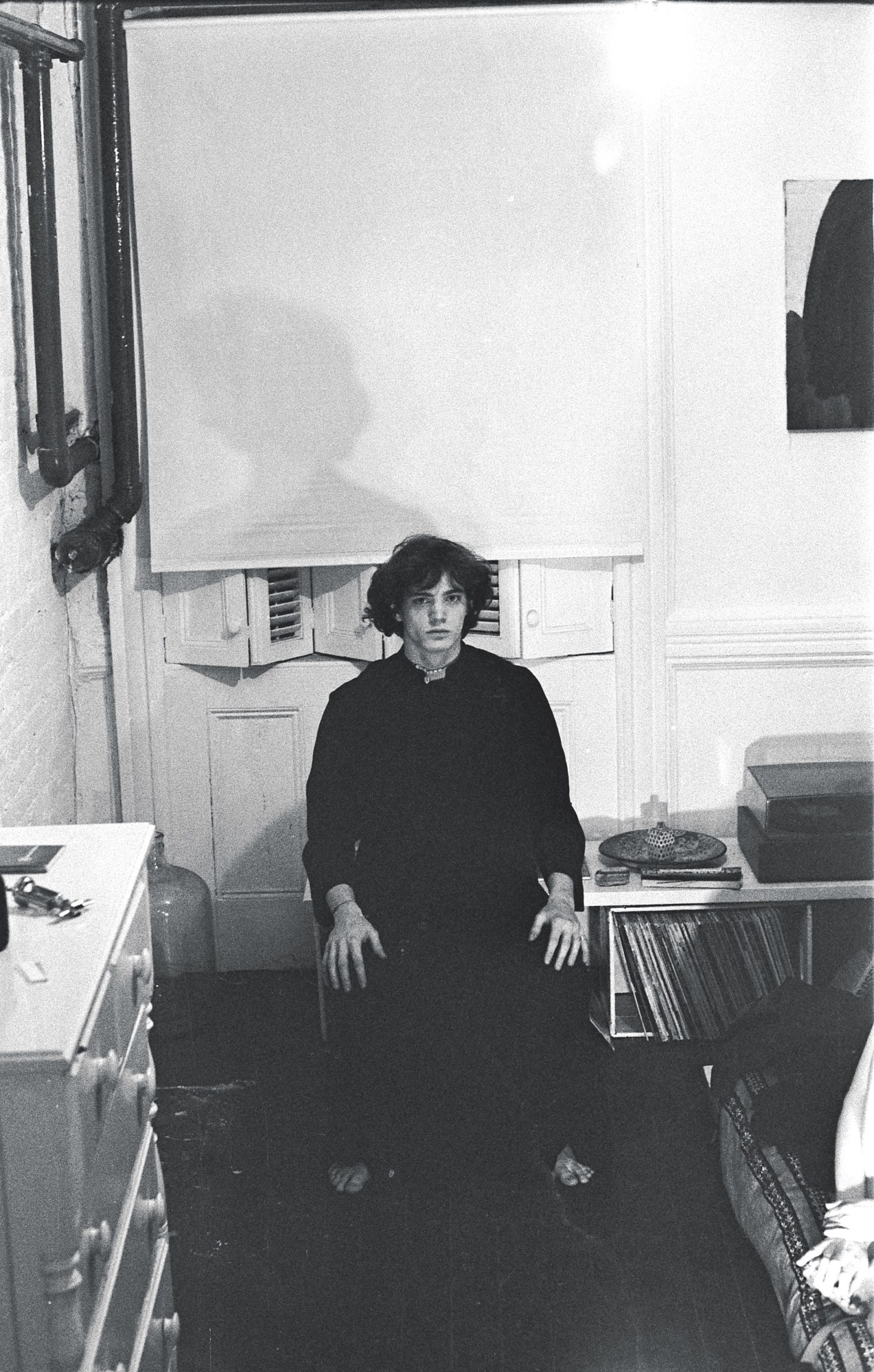
A year later, Lloyd had moved to Manhattan into a basement apartment on Charles Street in the West Village, while Robert and Patti were living in the Chelsea Hotel. Robert asked Lloyd if he could shoot some nude portraits of him and Patti. Still seemingly a couple at the time, the images were shot still a little while before Robert had become a fixture of the city’s underground gay bars and cruising spots. It wasn’t until 1972 that Robert met the art curator and collector Sam Wagstaff, and began a relationship with him. Lloyd describes Robert at this point as “quiet, rather ironic and ambitious.” Looking at Lloyd’s pictures, it’s clear the two already had a defined sense of the kind of work they wanted to create together. “I assumed they were a couple, although Robert and I seemed have recognised in each other something neither of us wanted to admit to ourselves at that time in the 60s… that we both were, perhaps, gay. Of course, I could be projecting. We didn’t talk about it until the mid 70s.”
Robert lost interest in the project these nude images were part of (an animated film depicting them in “a tantric Garden of Eden”) as Patti wrote in her memoir Just Kids. “As Patti has written, these portraits are the first portraits made of them as a couple. I think they enjoyed the idea of posing and I of course wanted to make a beautiful and strong portraits of two friends who fascinated me,” Lloyd says. In his new book, DESIRE, Lloyd brings together these two photo shoots for the first time in print, alongside ephemera from the era, to create a beautiful document of a couple expressing themselves artistically, on the cusp of becoming two of the 20th century’s most revered artists in their own right. “Because my friendship with Robert lasted until he died, I included a letter he wrote me in 1975,” Lloyd says. “I loved sharing his excitement at ‘getting’ a gallery in New York to show his work.”
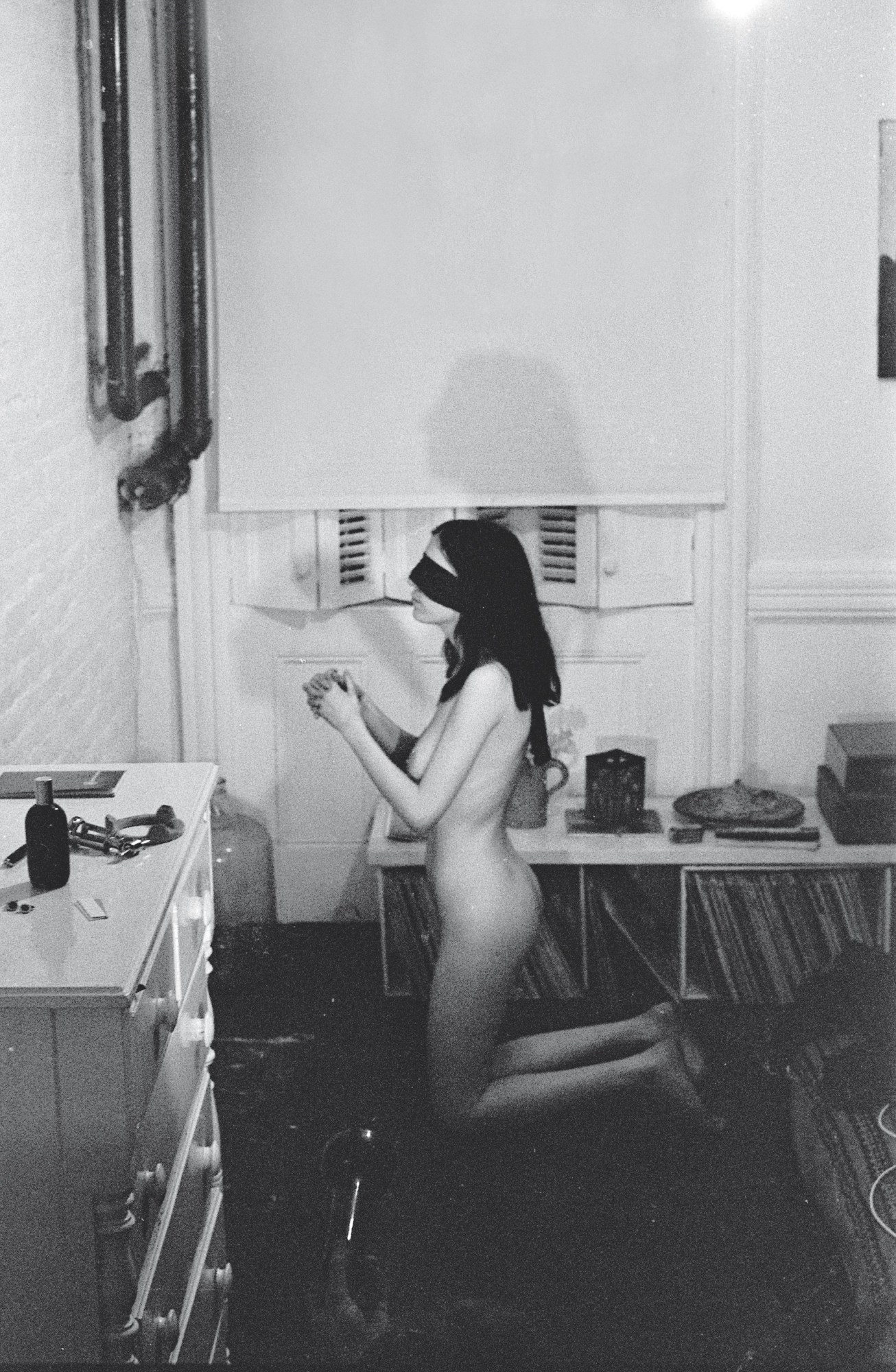
Lloyd lost touch with Patti after Robert died. “I saw her very occasionally at her readings and her performances,” he says. But when working on her memoir, Just Kids, Patti reached out to Lloyd about using these images. “She phoned me in 2009 to ask if she could publish a few of the Hall Street portraits. Of course I was happy and honoured to say yes. When the book was published, I was surprised to find I was mentioned in it! She phoned again in 2018 and asked to publish one of the nude 1969 portraits of Robert in the reissue ‘art’ version. Again, I was happy to accommodate her.
“For over 40 years I did nothing with these photographs, but since Patti wrote about them, I decided they could be released into the world. The Danziger Gallery in New York City offered me a small show in 2013, and because of this exhibit, Nick Groarke the English publisher, asked to publish a book,” Lloyd says. “I never thought of my early photographs as great art. I was just learning to see and how to respond to beauty. But they are, as all photographs are, documents of a particular moment in time. As over 50 years have passed, they have also become documents of a time when two of Americans most important artists were very young, very beautiful, and very ambitious.”
500 limited edition copies and 100 strictly limited edition copies of DESIRE are available to order here.

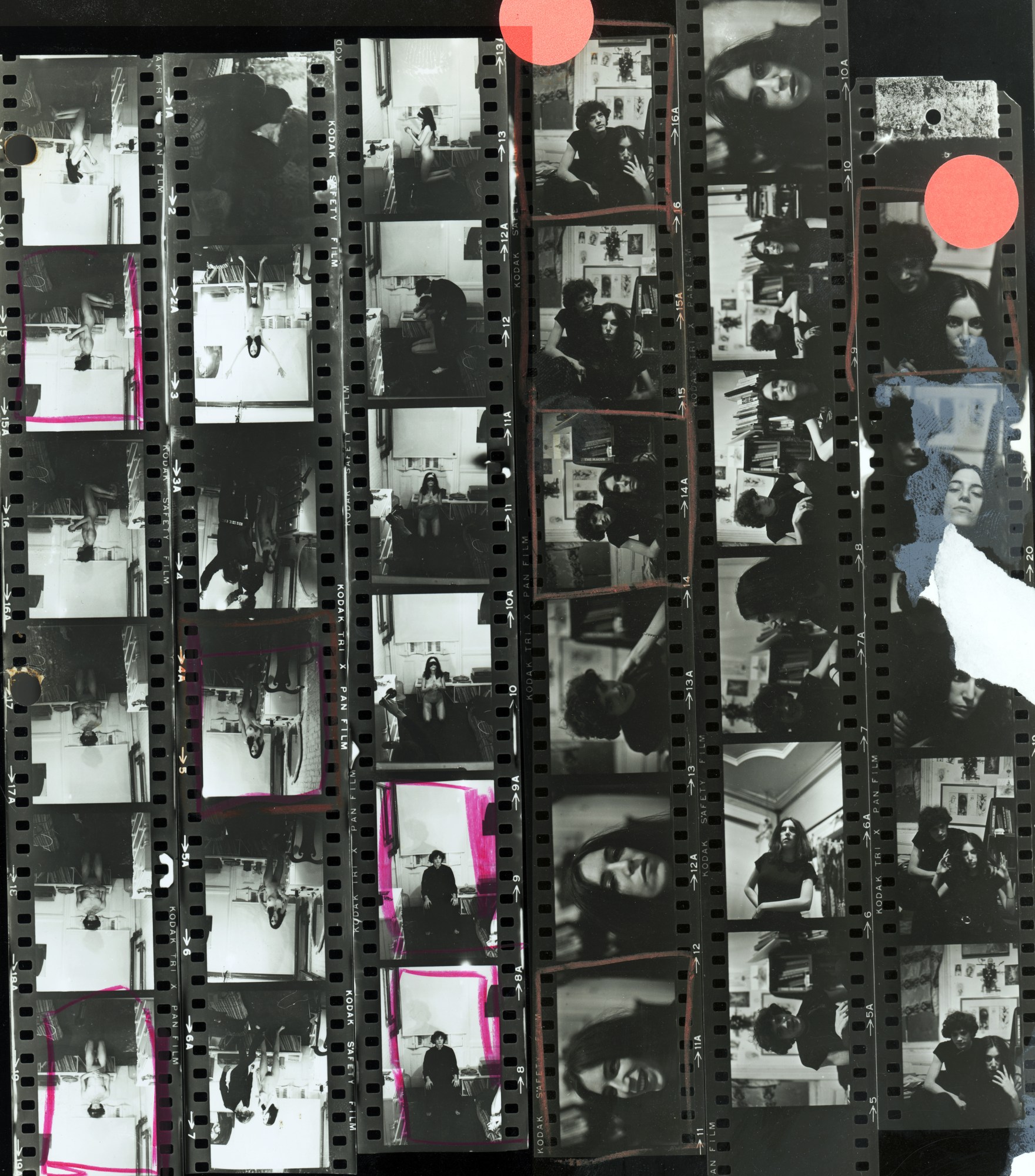
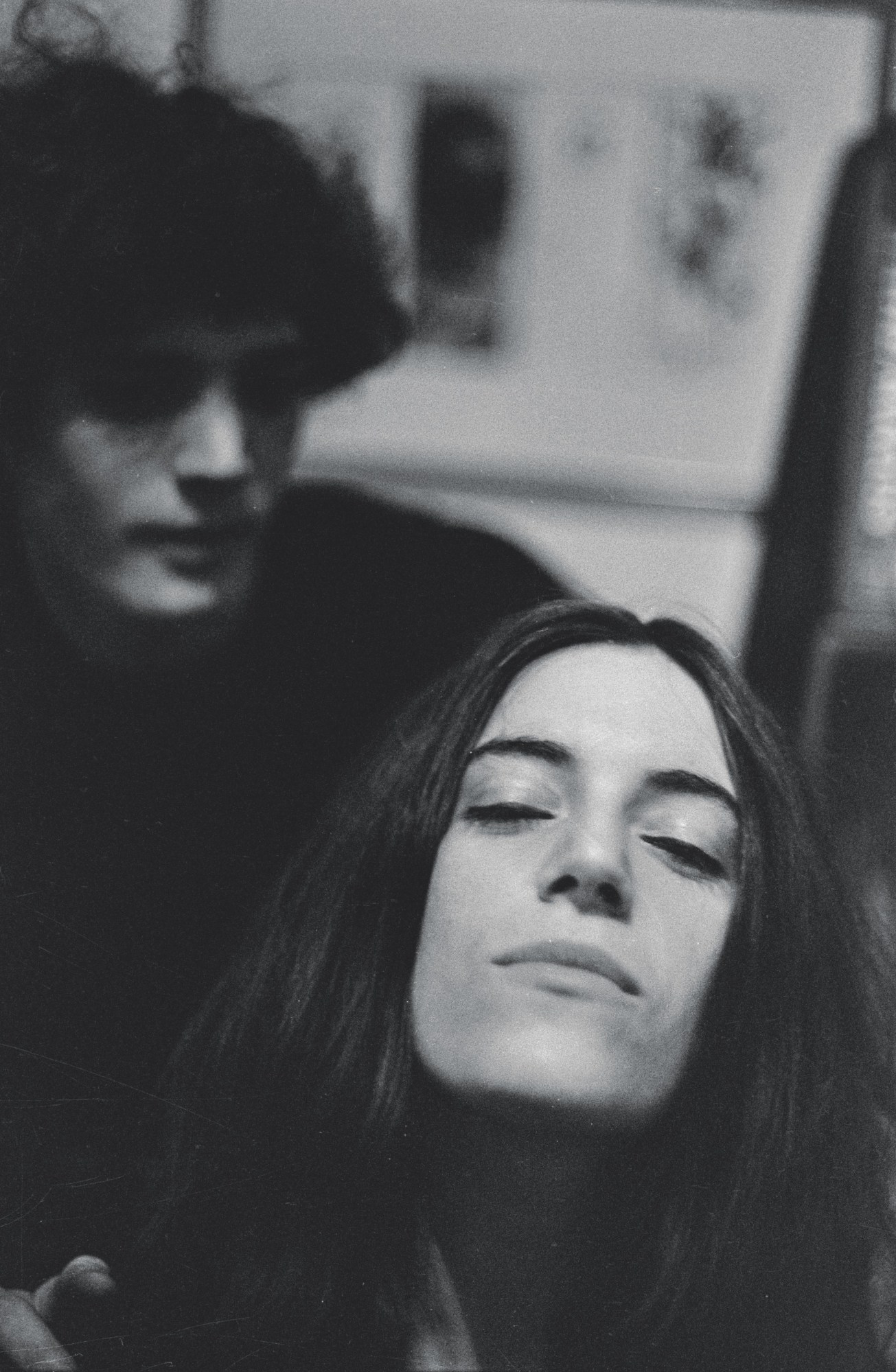
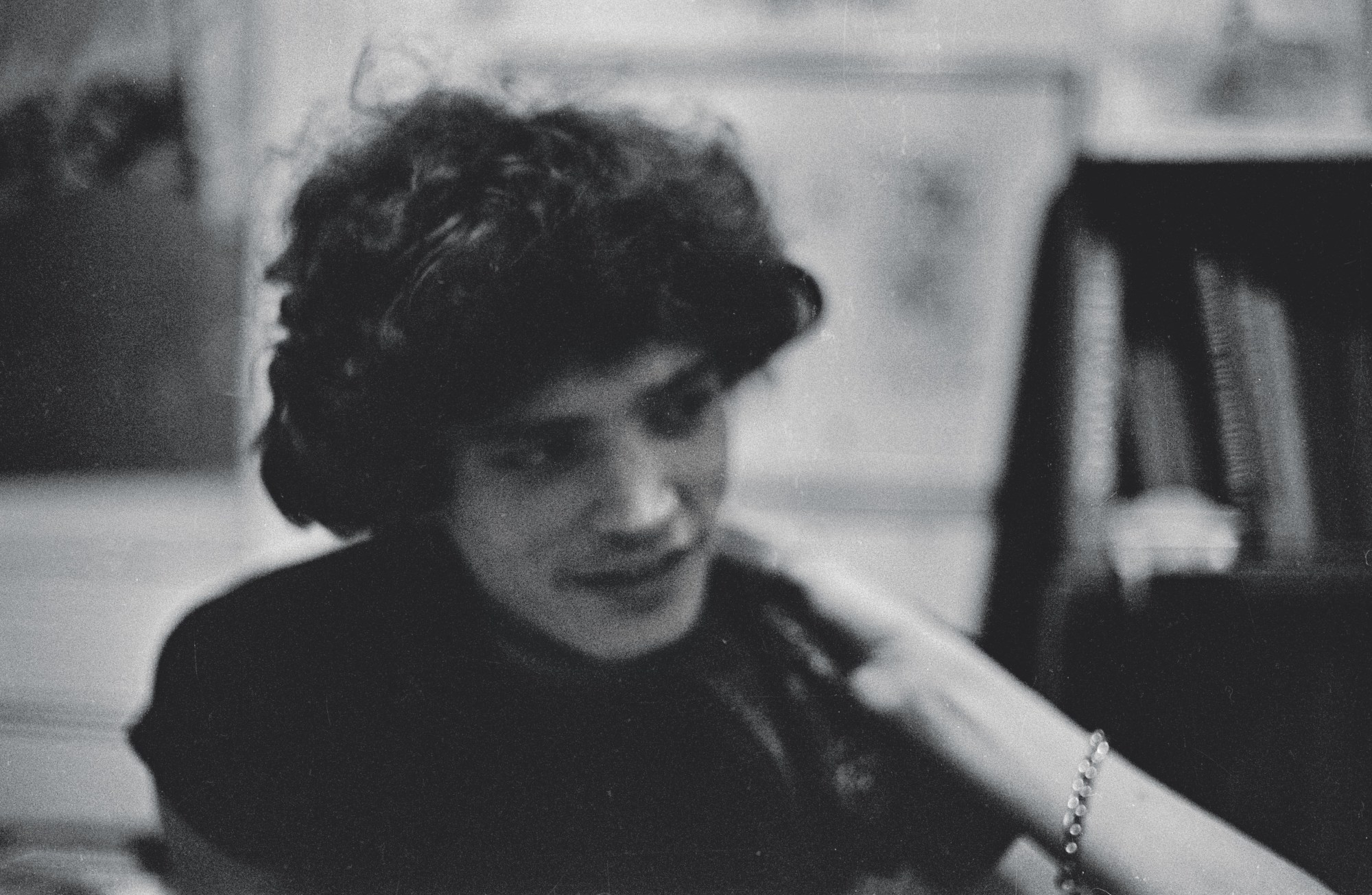
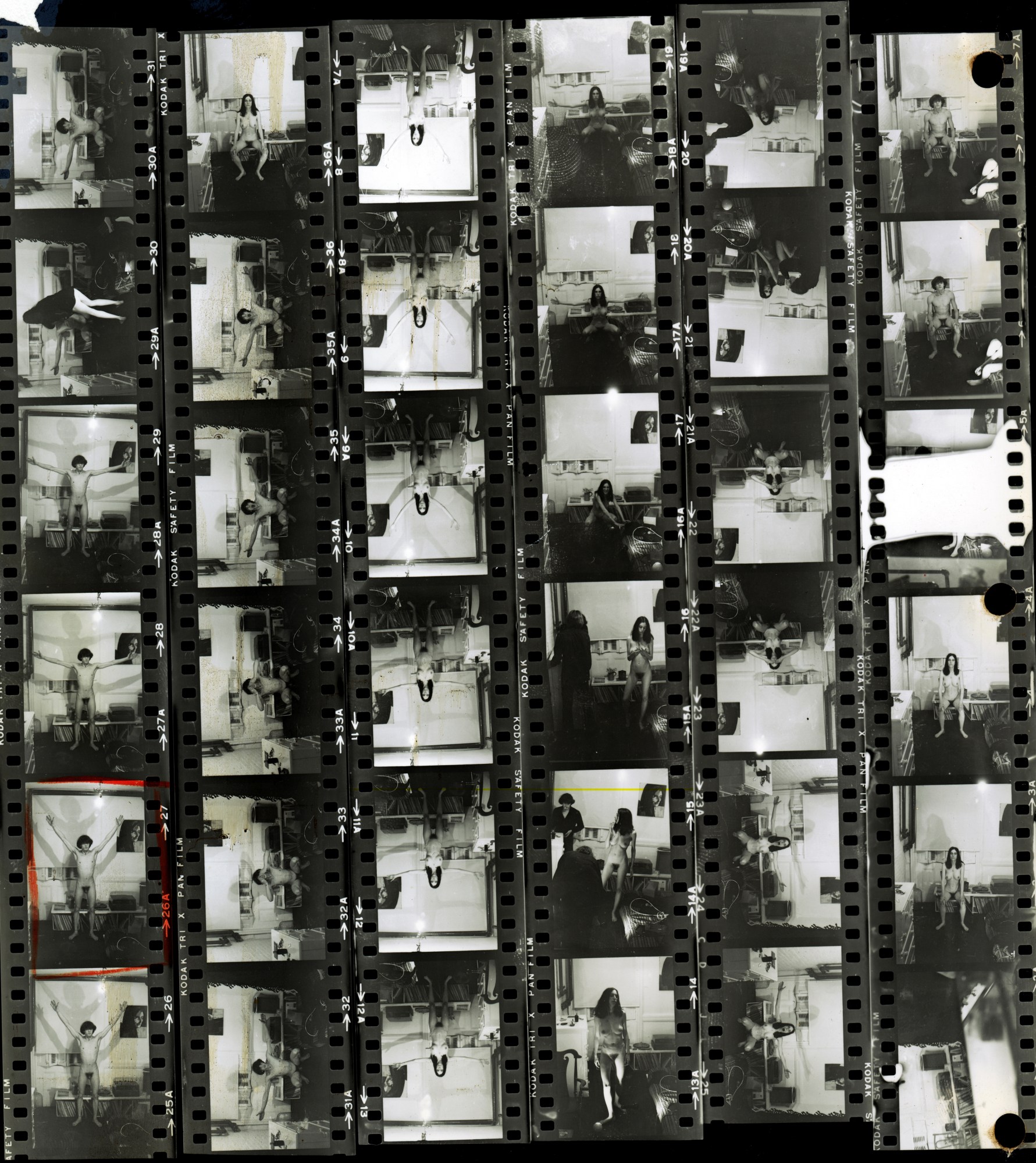
Credits
Photography Lloyd Ziff
